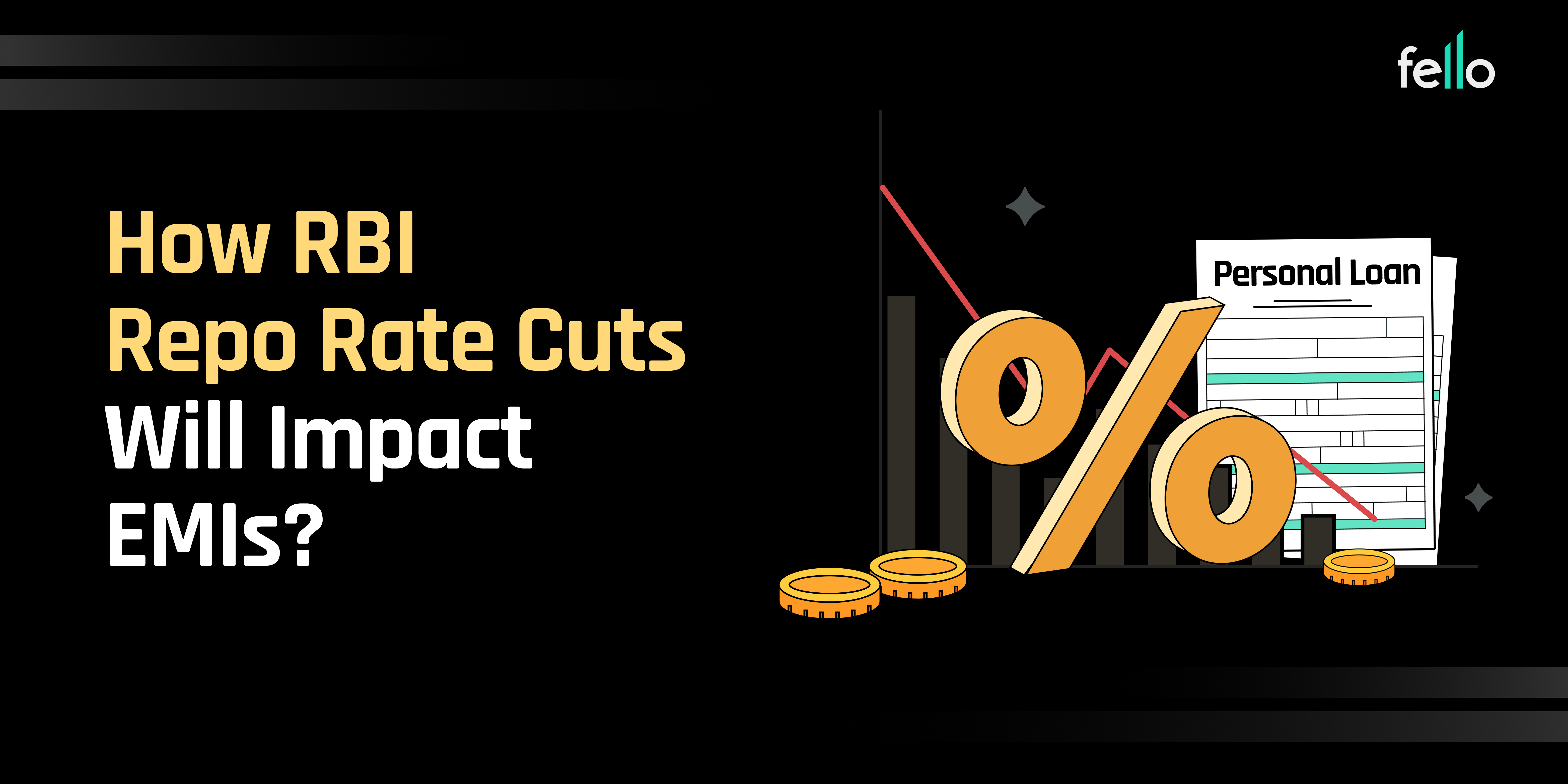In recent months, the Reserve Bank of India (RBI) has taken significant steps to manage inflation and stimulate economic growth. One such move is cutting the repo rate, the rate at which RBI lends to commercial banks. But the big question on every borrower’s mind is: How will RBI repo rate cut impact EMIs?
Whether you’re repaying a home loan, personal loan, or car loan, even a small change in repo rate can influence your monthly outflow. However, the actual impact varies based on multiple factors like loan type, interest rate structure, and bank policies.
What is the Repo Rate?
The repo rate is the interest rate at which RBI lends money to commercial banks in India. By increasing or decreasing this rate, RBI controls liquidity in the market and influences inflation and borrowing costs.
- When RBI cuts the repo rate, banks can borrow money at a cheaper rate.
- Ideally, this should lead to lower lending rates, which means lower EMIs for borrowers.
But is it that simple? Not always.
In detail, know how the repo rate works.
RBI Recently Cut Repo Rate — But No Immediate Relief
It’s true that RBI recently cut the repo rate, but that doesn’t automatically translate into lower EMIs for all borrowers right away. Some banks may take time to revise their lending rates, and fixed-rate loans might not be affected at all.
So while the cut is a step in the right direction, it won’t bring immediate relief across all loan categories.
How Will RBI Repo Rate Cut Impact EMIs?
Here’s a simplified breakdown of the possible impact:
| Loan Type | Interest Type | Impact of Repo Rate Cut |
| Home Loan | Floating | EMIs may reduce over time |
| Home Loan | Fixed | No immediate impact |
| Personal Loan | Floating | Likely to reduce, but depends on the bank |
| Personal Loan | Fixed | No impact unless refinanced |
| Car Loan | Fixed | No impact |
| Education Loan | Floating (mostly) | EMIs may reduce slowly |
| Business Loans | Depends on structure | Might reduce if linked to external benchmark |
Why EMI Reduction May Be Delayed
Even if your loan is linked to the repo rate, the benefit may not be immediate. Here’s why:
- Banks review lending rates periodically, not instantly.
- Spread or margin stays the same, so only the base rate changes.
- Some NBFCs and private lenders don’t always pass on the full benefit.
- For fixed-rate loans, the EMI stays constant unless renegotiated or refinanced.
What Can Borrowers Do?
If you’re a borrower hoping for EMI relief, here are a few tips:
- Check if your loan is repo-linked. If yes, monitor announcements from your bank.
- Talk to your bank about when they plan to revise interest rates.
- Consider refinancing your loan if better rates are available.
- Use EMI calculators to plan ahead in case rates drop further.
Conclusion: How Will RBI Repo Rate Cut Impact EMIs?
So, how will RBI repo rate cut impact EMIs? The answer depends on your loan type, bank, and rate structure. While repo rate cuts indicate a downward trend in borrowing costs, the transmission is not always instant. And although RBI did recently cut the repo rate, the benefits for many borrowers — especially those with fixed-rate loans — may not be felt immediately.
For those with floating-rate loans, especially home loans linked directly to the repo rate, some relief can be expected over the coming months. Keep an eye on your bank’s announcements and make informed decisions.
In summary, how will RBI repo rate cut impact EMIs? It offers potential savings, but patience and proactive planning are key.

